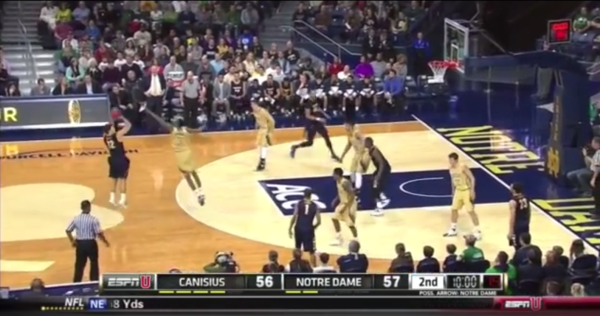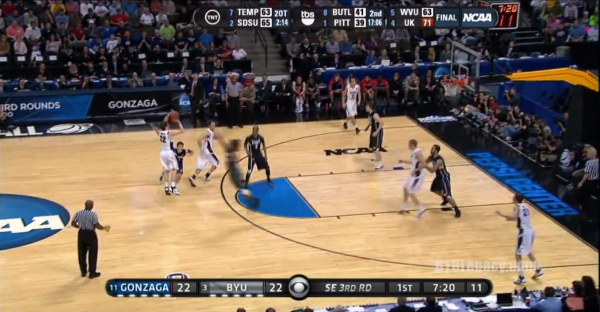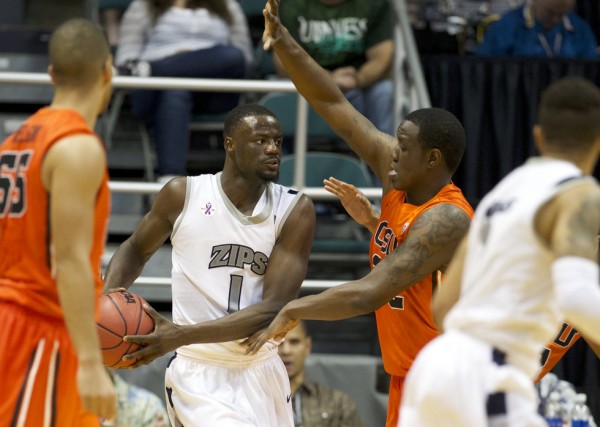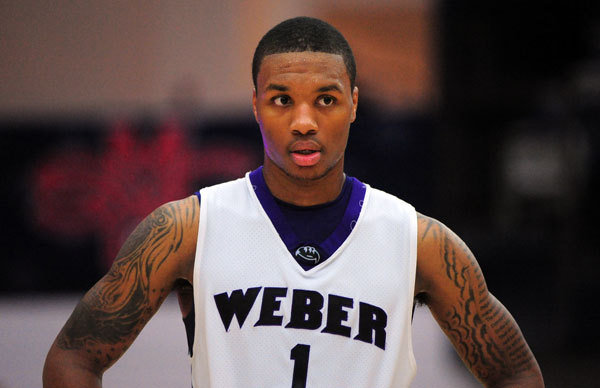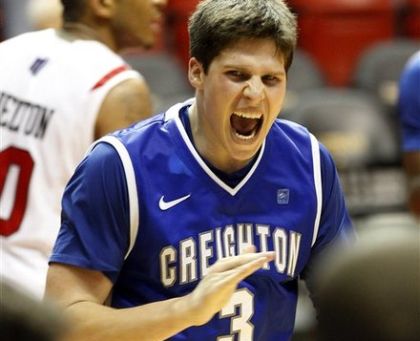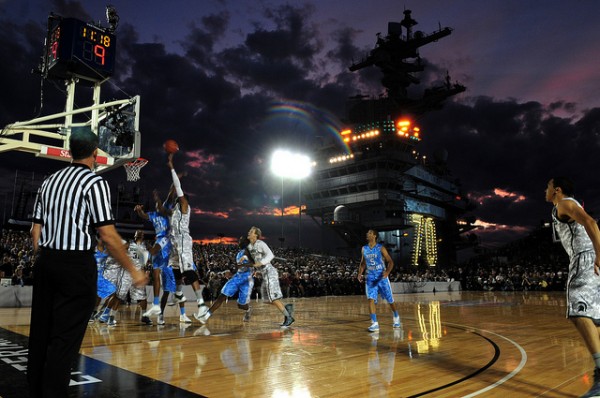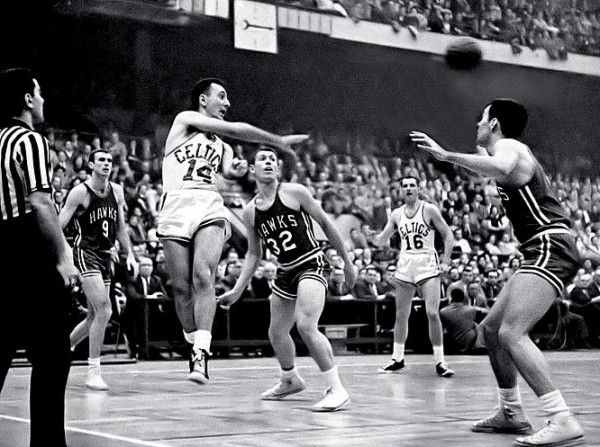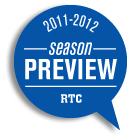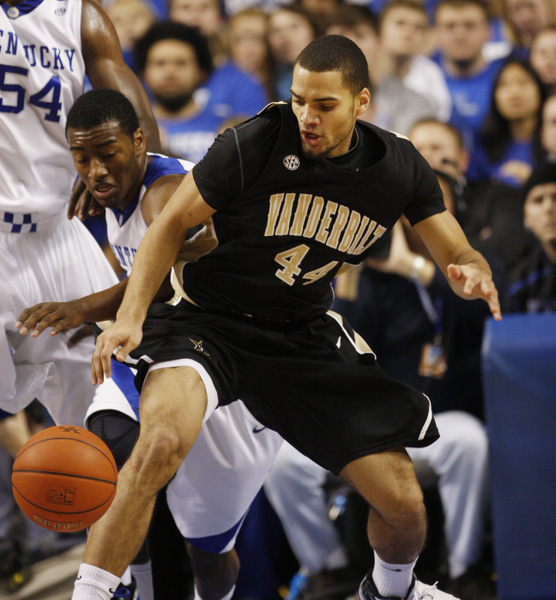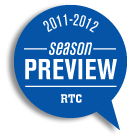If Canisius Goes Dancing, Billy Baron Could Become the Next March Star
Posted by Tommy Lemoine on February 19th, 2014Ice Bath, and watch Stephen Curry highlights for an hour.
According to a “10 Questions With…” feature on the Canisius mens’ basketball page, that’s the sum of Billy Baron’s pregame routine. And it makes perfect sense, when you think about it. An ice bath for the ice water that runs through his veins — evident from the game-winning shots he so often takes, and hits — and the Curry highlights to remind him of just how captivating a player he can be, how rare it is to possess the kind of quick-release, out-of-the-gym range he has in his arsenal. Not to mention the crafty shot-fakes, gorgeous passes, sudden changes of direction and countless other moves put on display by the Davidson legend. Baron probably watches for those, too. And while the MAAC Player of the Year favorite certainly has elements of Curry in his game, it was BYU great Jimmer Fredette who Siena coach Jimmy Patsos compared him to earlier this season, an appropriate parallel in its own right. Whether he’s more like Curry, Fredette or some other former hoopster, though, doesn’t really matter. The larger point is this: Baron is a rare talent who demands your attention when he takes the court and who’s fully capable of becoming a mid-major star in March, depending on how far the Griffins can go.
Perhaps the most electrifying aspect of Baron’s game is his ability to pull up and hit from just about anywhere inside the half-court line. And I mean anywhere. Though opposing teams try guarding him all the way up the floor, often using additional defenders to step out and help or even double-team when necessary, he is still able to exploit the tiniest amounts of open space and briefest moments of defensive relaxation. Like Jimmer (and his brother, Jimmy), Baron will simply hoist from four or five feet beyond the three-point line, catching unwitting defenders off-guard and leaving opposing coaches pulling out their hair. Last month, he hit a three from the ‘A’ in Iona’s mid-court decal late in the first half and another from the ‘I’ early in the second. In fact, he’s nailed shots from numerous giant logos this season, regularly enabling his team to cut into deficits or build on leads in the blink of an eye. And like Curry, Baron also has a tremendous feel for how the opposition will react to his movements. He will employ the slightest shot-fakes and hesitations to make defenders over-commit, then take a quick dribble left or right to find the open look. On the year, the 6’2’’ senior is shooting over 42 percent from behind the arc, which is incredibly impressive considering how closely opposing squads guard him and how difficult his attempts can be. When Baron gets the hot hand, it’s hard to look away.





























